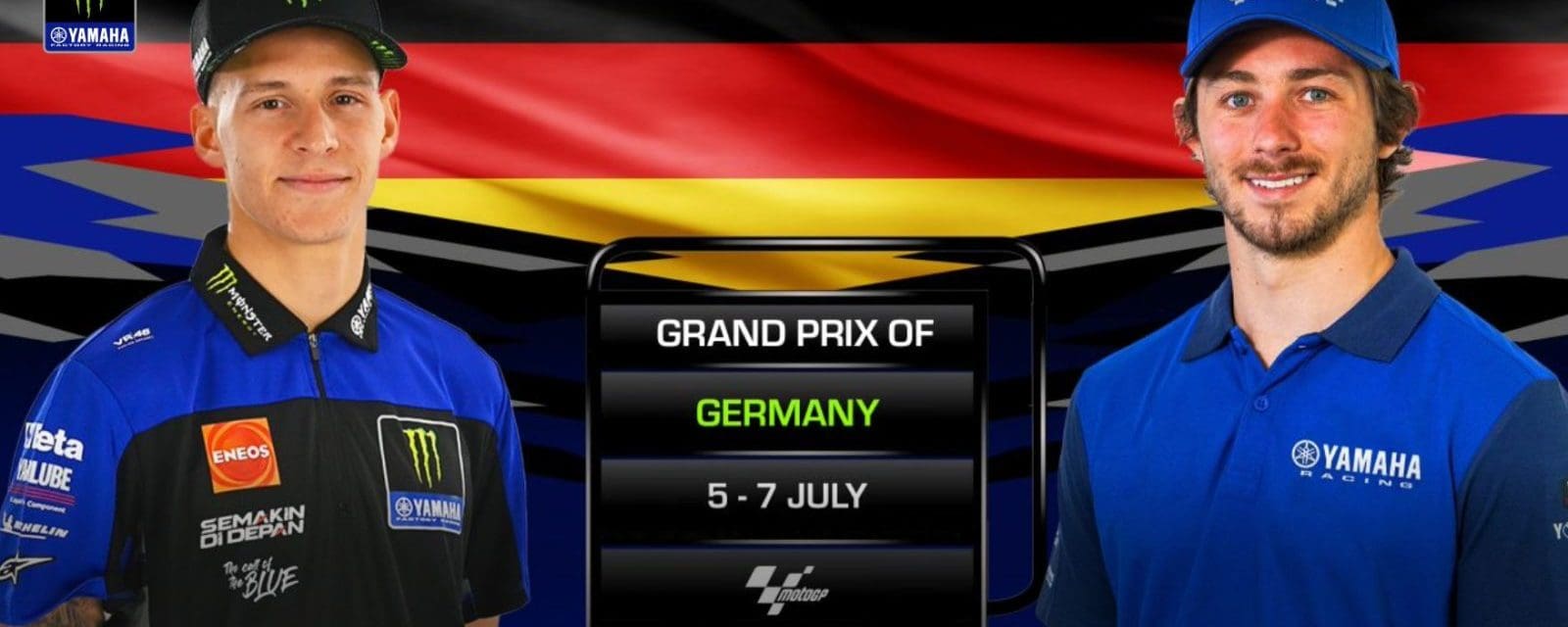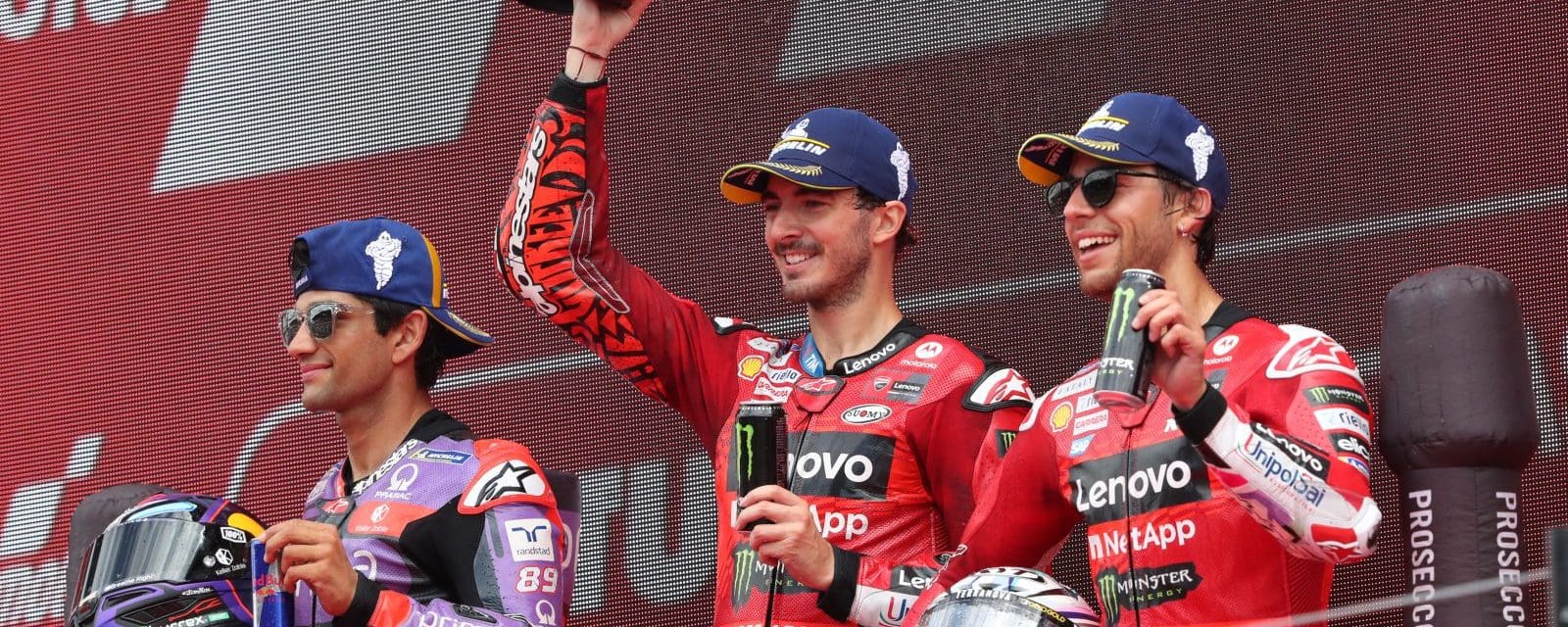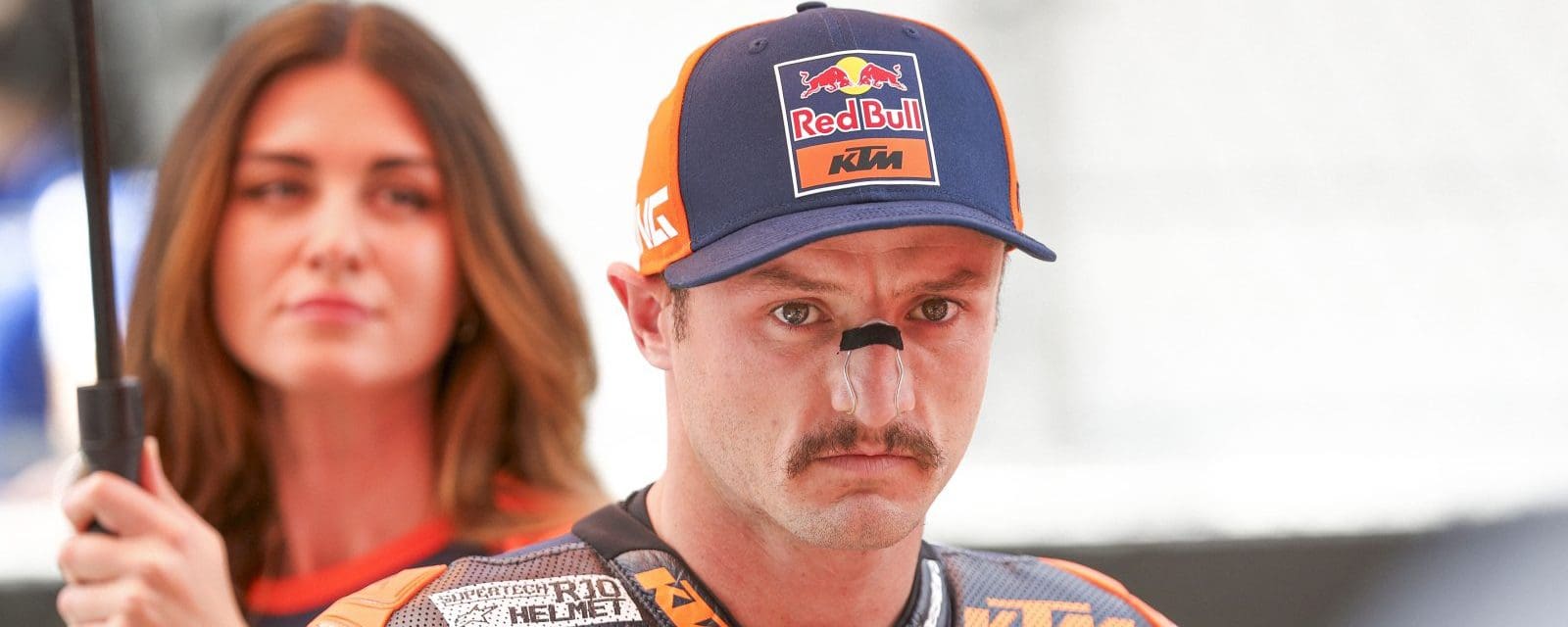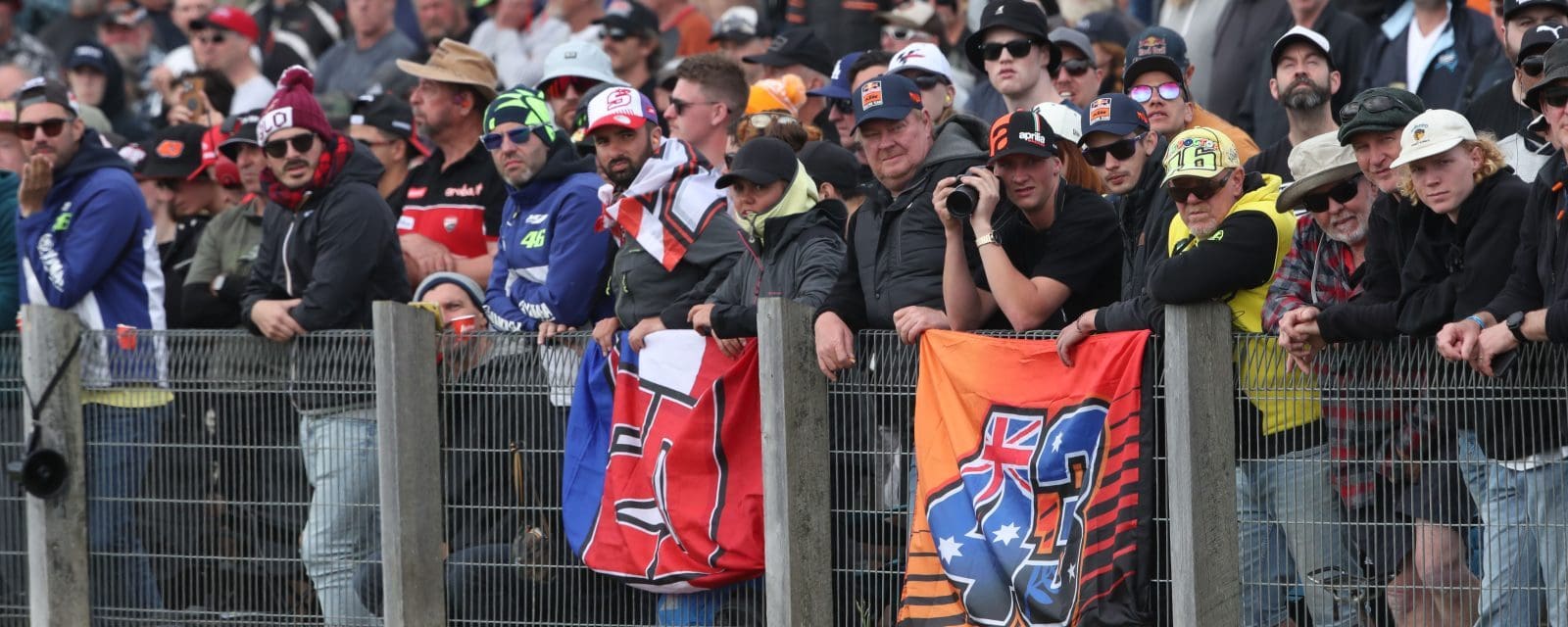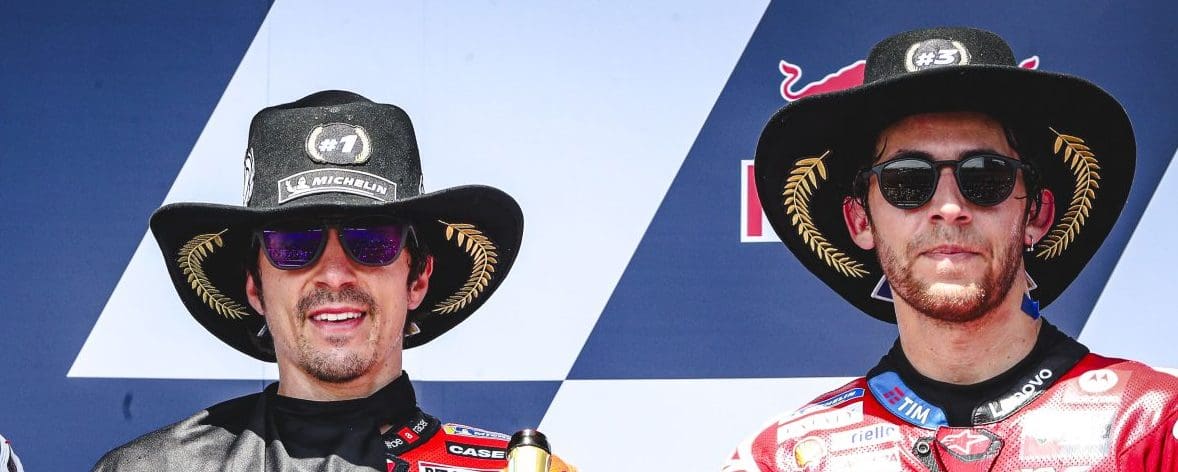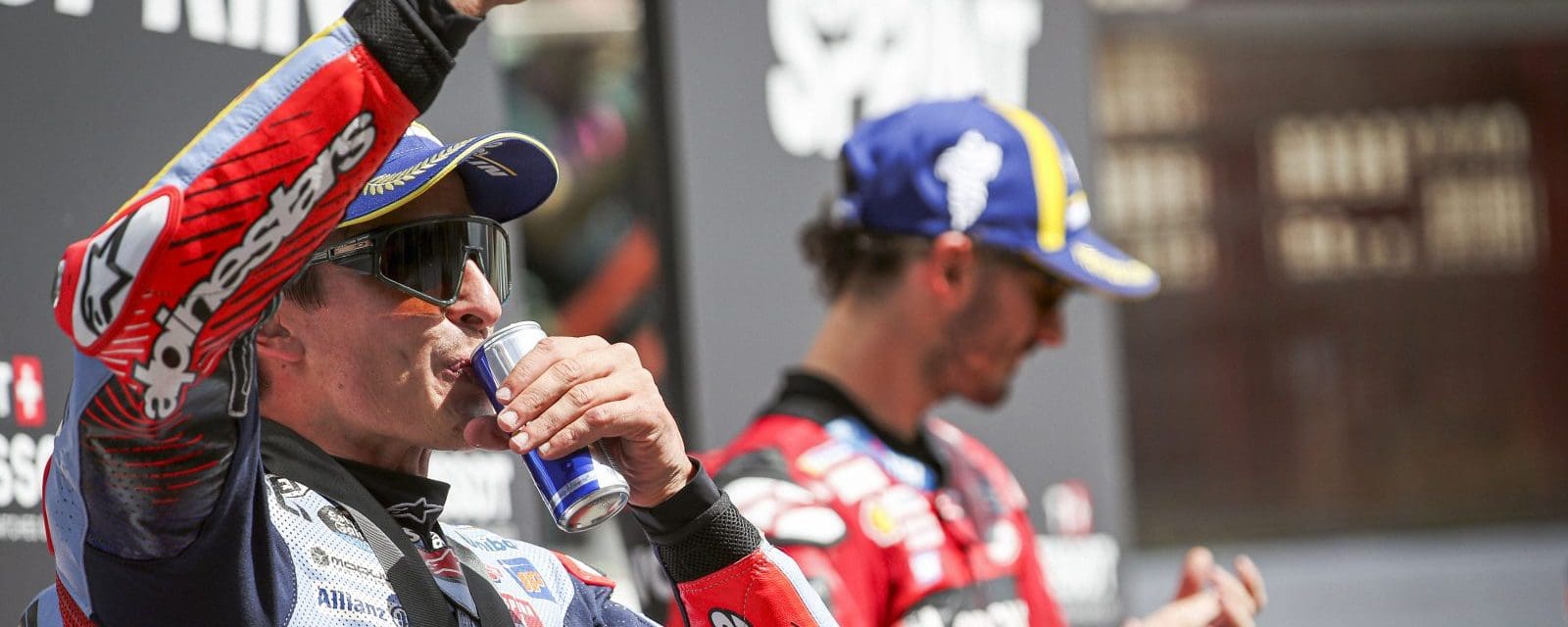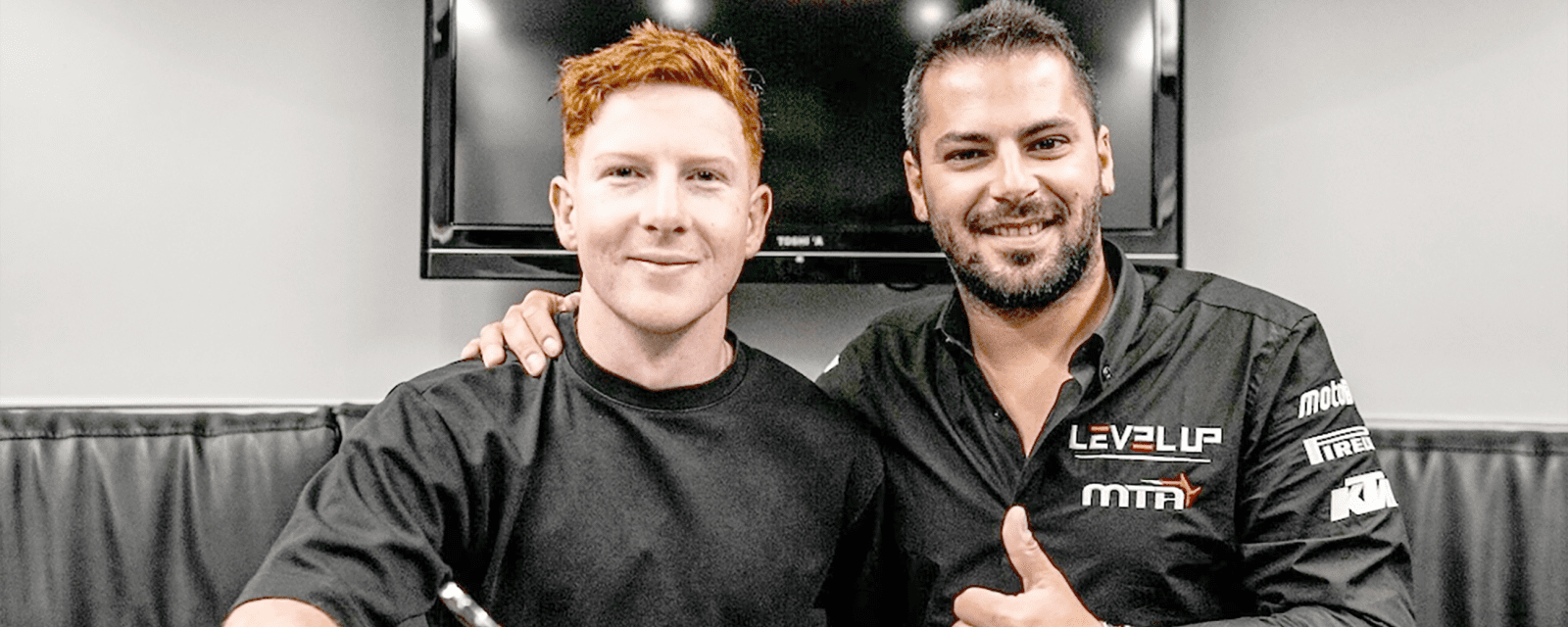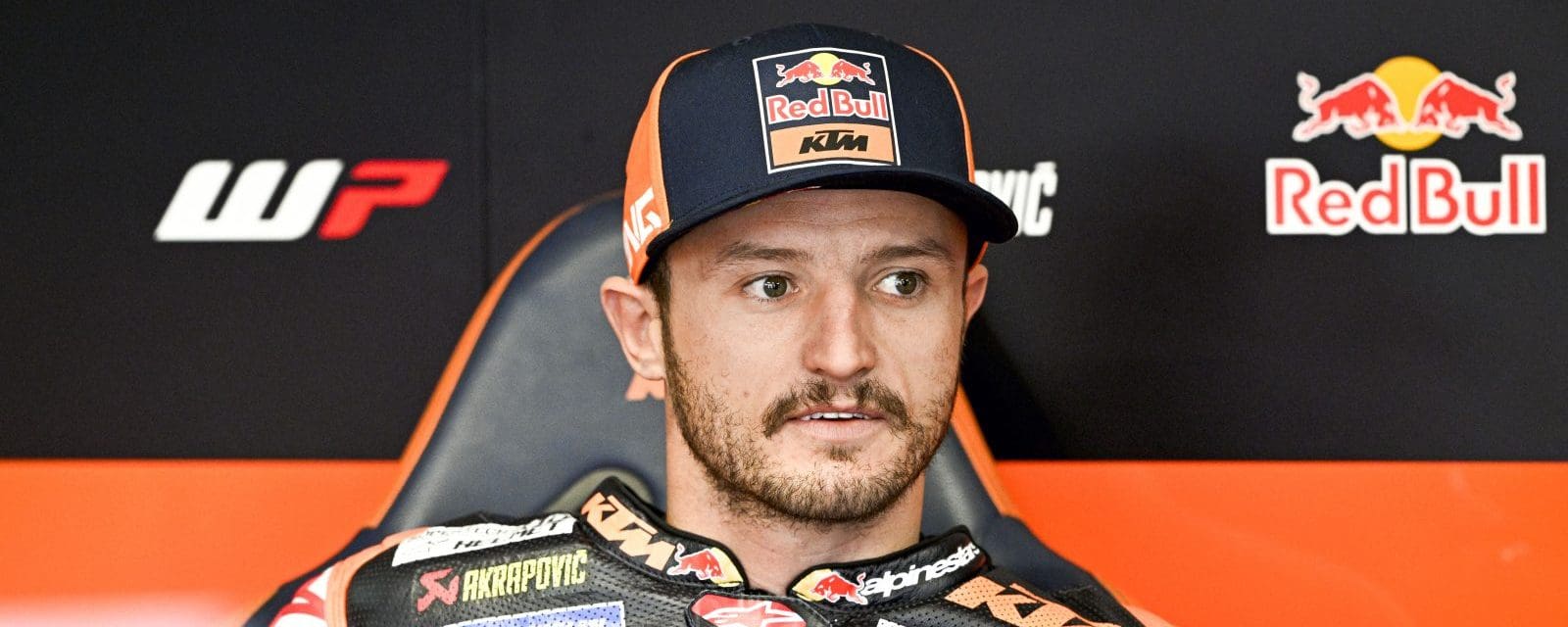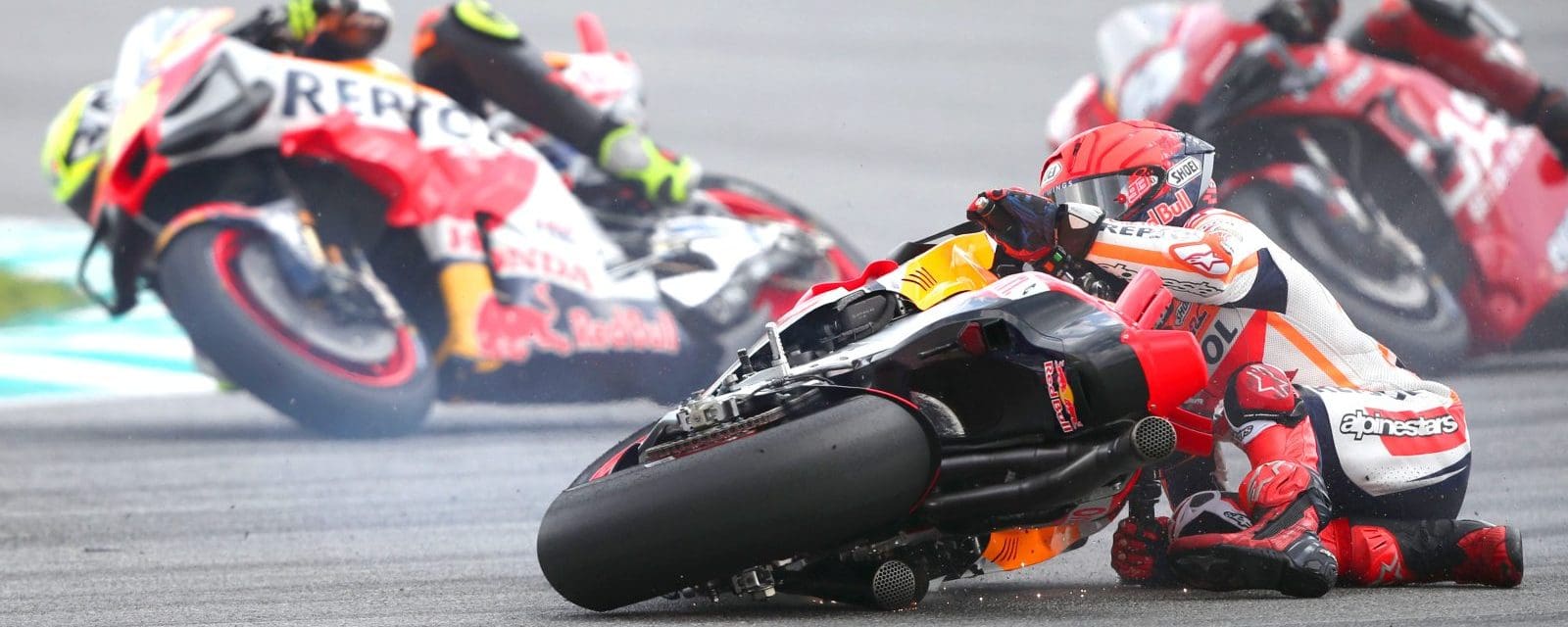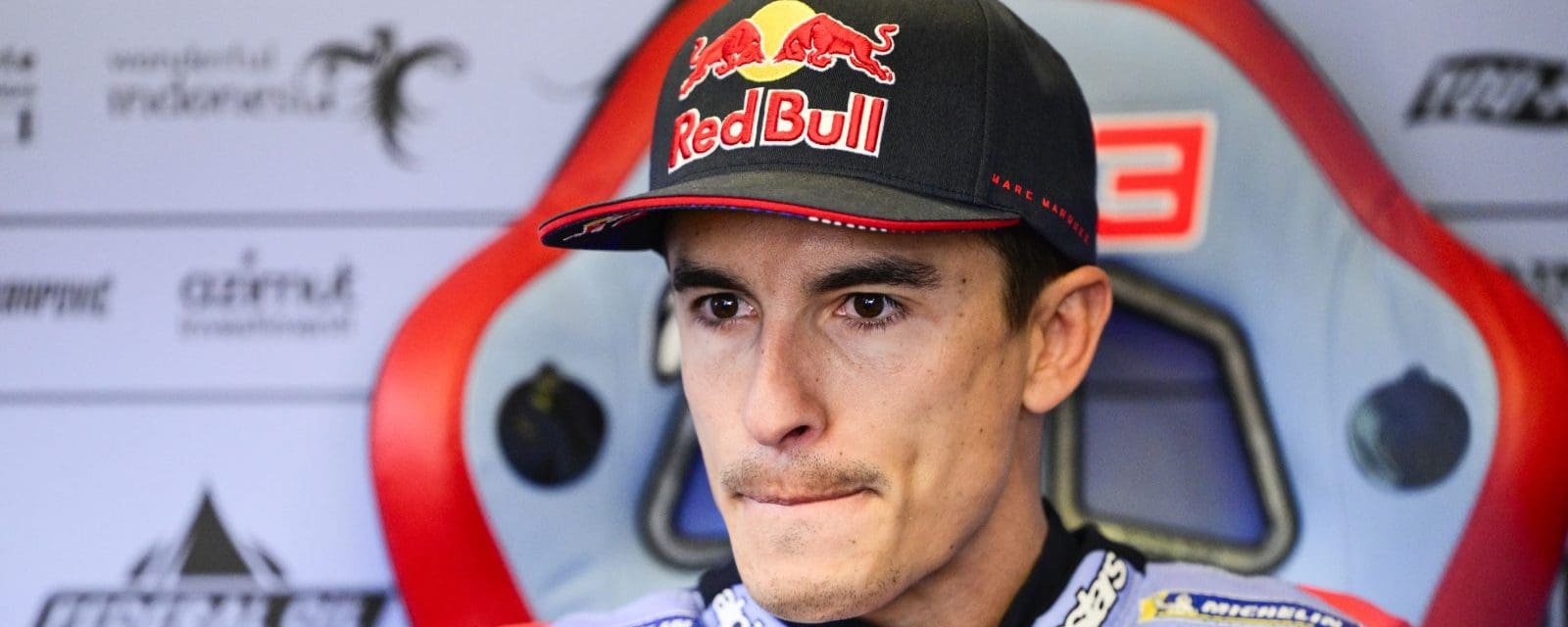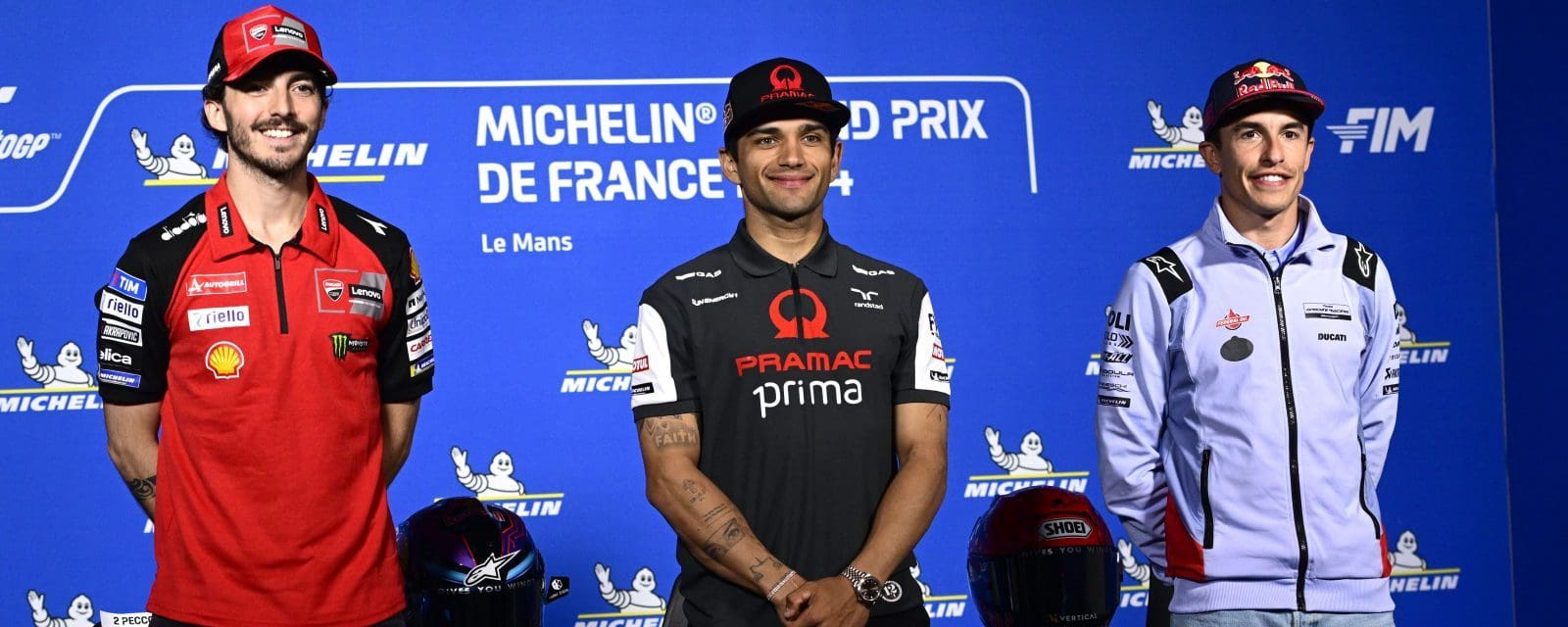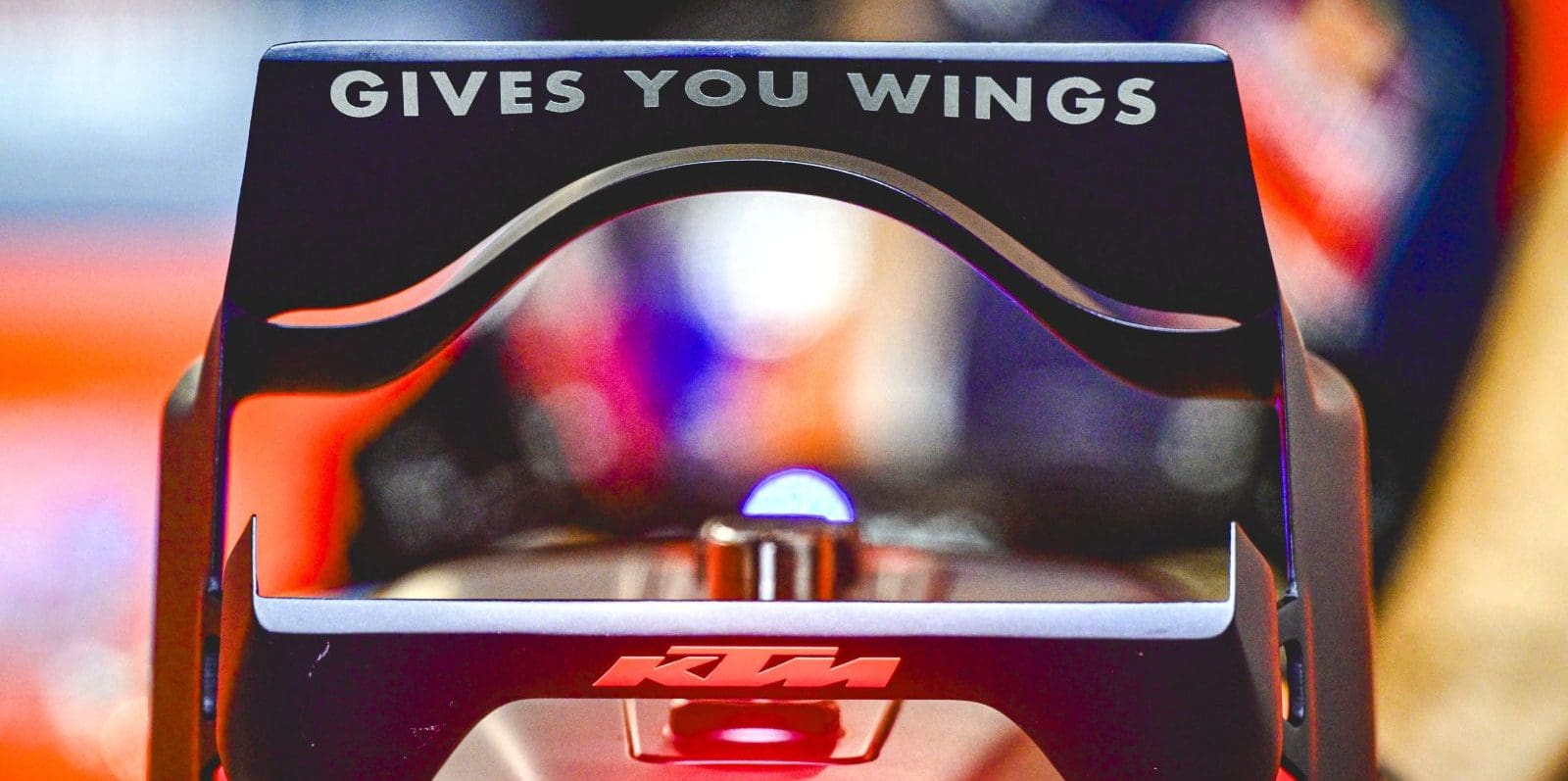Some riders have changed teams, some teams have new bikes, and everyone is fighting to establish themselves well before the winter break. Forget the 2016 championship, riders want to confirm their credentials in their new homes, and none more so than Jorge Lorenzo, Maverick Viñales and Andrea Iannone. The factories also need confirmation that their initial ideas for bike improvements in 2017 are on the right track.
Everyone attacked the Valencia circuit hard, but best overall was Viñales, topping the time sheets and making his point by beating new teammate Valentino Rossi. Over at Ducati, Lorenzo amazed all by getting to grips with the notoriously spikey Ducati in short order. Iannone also impressed, ragging the Suzuki to an early
good position.
Aprilia
It wasn’t the start Aprilia were hoping for when Sam Lowes suffered a monster crash at T12. However, Aleix Espargaró showed the potential of his new machine by matching his race weekend qualifying time on the Suzuki with a 1’30.885 on day two.
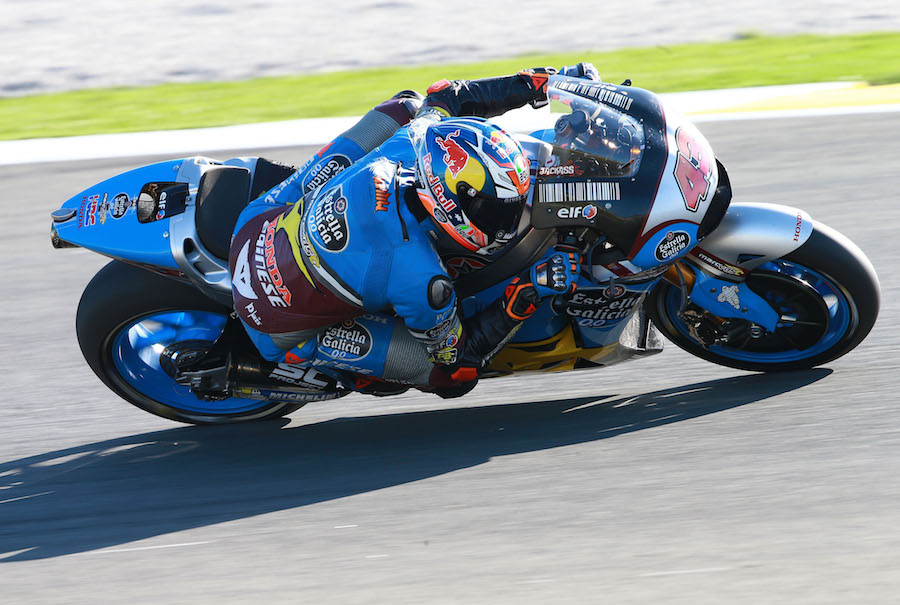
Ducati
Ducati arrived with two complete 2017 machines and also had a new engine tune with a softer initial throttle response for the existing GP16. The new model used the same seat and fuel tank units; the changed metal construction around the swingarm pivot suggests a move towards more lateral flexibility while retaining the stiffness under acceleration that the team’s aero strategy dictates.
Overall the new fairing looks very similar to that used in 2016, but the wings are redesigned and look to be a bit more effective near the bike’s centre line. With the impending ban on wing technology, this bodywork will never be raced.
Ducati’s official line as to why they were testing an unraceable specification was that it wanted to be able to reference the data back to the Valencia race weekend. However, Michelin didn’t seem to have any of the favourite tyres from the weekend available so that didn’t really help in getting comparable data.
The engine was clearly a pleasant surprise, but still not quite good enough. With the control electronics stopping really advanced electronics from smoothing out the power sufficiently, a heavier crankshaft has become the norm. The trouble is that a heavy crankshaft, rotating backwards – as the Ducati’s has done for the last two years – can interfere with the handling through gyroscopic effects and torque reactions.
At the end of the second day Andrea Dovizioso was just 0.1 seconds off his race qualifying best. Lorenzo, however, was 1.3 seconds adrift.
Honda
Honda has been trying out a new engine specification at private tests this summer and brought two new bikes to Valencia, both with Honda chassis that looked similar to previous versions. Clearly there were some changes, however, as Marc Márquez parked his by the end of day one and tried the latest version of the new engine in his 2016 chassis. That was parked quite quickly too. To make his point, Márquez put in some very fast laps on his old bike early in the morning of the second day when the track was cold. Dani Pedrosa kept going on the ‘new bike’ for much longer, though it was apparent that neither rider felt there was much if any improvement with the new chassis or engine. Cal Crutchlow also tested the new engine. Its distinctive lower engine note demonstrates that Honda is continuing with its 180o crankshaft experiment.
It was clear that the crankshaft on the experimental engine is a lot lighter now and this should have helped Márquez, who struggled with this year’s heavy crank. However, judging by the speed with which the bike was parked, the new one isn’t to his liking yet.

KTM
Over the course of the test Pol Espargaró and Bradley Smith learned a lot about their new bikes, and by the end of the test the former was 0.25 seconds a lap quicker than KTM’s test rider Kallio’s race qualifying lap. Smith ended this first test 0.45 seconds slower, and both riders were about 1.5 seconds off their Yamaha race qualifying times.
The steel tube chassis brings some benefits, like easing the flow of heat away from the engine, but the other factories use aluminium for good reason. It has extremely effective internal damping – bend a strip of it and let it spring back and it just stops. Try that with steel and it oscillates.
KTM’s MotoGP bike uses an aluminium swingarm that is similar in appearance to a Kalex one. The engine is an ‘old fashioned’ V4 screamer, and while it wasn’t possible to work out if the crankshaft is forward rotating or not, there was some criticism of the way the bike turned.
Right now there is ongoing debate on which way round the crankshaft should rotate. It clearly has an impact and influences the way the bike works in corners. If the crank is heavy enough to have a smooth initial throttle opening, most engines need the crank to rotate backwards to make them corner smoothly. But the change in rotation does make the bike want to corner in a big arc. A forward rotating crank might be harder to initially turn in, but will then turn tighter.
This is a relatively new debate, and it matters because a year ago the control electronics didn’t seem to be good enough to control a very light crank. However, if KTM has been clever with its software set-up, it may get away with a forward-rotating crankshaft design.
Suzuki
While Iannone may have a public reputation as a bit of a maniac, once the Suzuki engineers saw his data they knew they had a very smooth rider indeed on their bike.
Suzuki’s results (or Maverick’s riding) have been excellent in the latter part of 2016, but the team clearly has work to do on its command of the electronics, and this was part of the research at Valencia. In fact, so impressive was their performance that Suzuki will be restricted to seven engines with a design freeze from 2017 onwards. That in turn means that all the development upgrades that were anticipated for the early part of next year have to be tried and irrevocably signed off before the season starts.
Yamaha.
It’s difficult to improve when your bike is already so good. Maverick Viñales made a perfect start to his career at Yamaha by proving that the current bike is indeed excellent in clocking the fastest lap times on both days. Rossi unfortunately crashed the ‘new’ bike; he tried many different set-ups but ended up seventh fastest on his 2016 machine.
The new model has a slightly modified steering head area, probably trying for less lateral rigidity while keeping or improving the current braking stability. The engine was supposed to be improved but the only evidence of this was a slightly shorter exhaust system, indicating a slight increase in top-end power and peak revs. Those modifications would probably also indicate a slight loss of midrange, and this has been counteracted with the use of a larger airbox.

